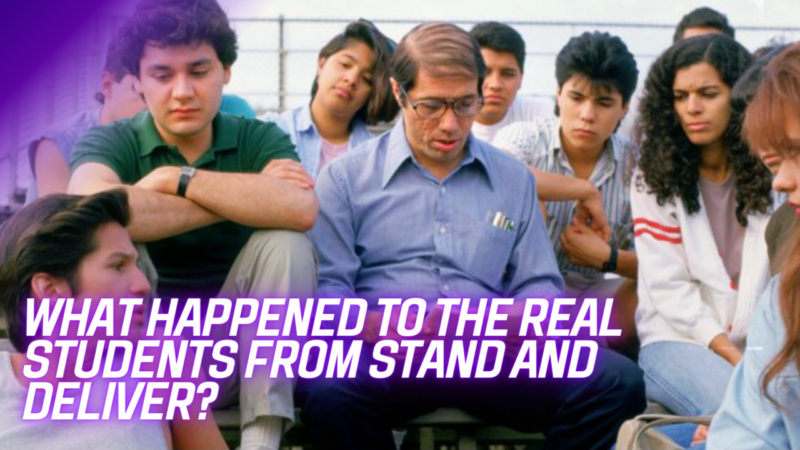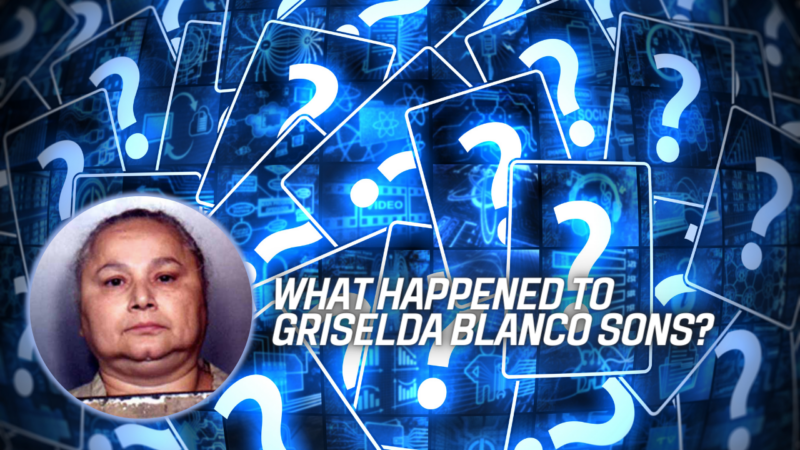Creedence Clearwater Revival, often referred to as CCR, was an American rock band that achieved immense success in the late 1960s and early 1970s. The band was formed in 1967 in El Cerrito, California, by singer-songwriter and guitarist John Fogerty, his brother Tom Fogerty on rhythm guitar, Stu Cook on bass, and Doug Clifford on drums. CCR’s unique blend of rock and roll, swamp rock, and roots rock made them one of the most influential bands of their time. However, despite their incredible achievements, the band faced numerous challenges that eventually led to their breakup.
CCR’s rise to fame began with the release of their self-titled debut album in 1968. The album featured their breakthrough hit single, “Suzie Q,” which reached the top 20 on the Billboard Hot 100 chart. This initial success set the stage for what would become a string of hit records and timeless classics.
In 1969, CCR released their second studio album, “Bayou Country,” which included the iconic track “Proud Mary.” The song became their first top 10 hit and solidified their status as one of the leading rock bands of the era. The album also featured other notable tracks like “Born on the Bayou” and “Bootleg.”
CCR’s third album, “Green River,” was released later that same year and further propelled the band’s success. The album spawned hit singles such as “Green River” and “Bad Moon Rising,” both of which reached the top 10 on the charts. The band’s ability to craft catchy, memorable songs with a distinct sound endeared them to audiences worldwide.
In 1970, CCR released their fourth studio album, “Cosmo’s Factory,” which became their most commercially successful record. The album featured several chart-topping hits, including “Travelin’ Band,” “Up Around the Bend,” and “Who’ll Stop the Rain.” “Cosmo’s Factory” showcased the band’s versatility and cemented their reputation as one of the greatest rock acts of their time.
Despite their remarkable success, tensions within the band began to arise. John Fogerty, the primary songwriter and creative force behind CCR, often clashed with his bandmates over creative control and the direction of their music. This internal strife, coupled with the band’s relentless touring schedule, took a toll on their relationships and ultimately led to their downfall.
In 1971, CCR released their fifth studio album, “Pendulum,” which featured the hit single “Have You Ever Seen the Rain?” The album received critical acclaim but marked the beginning of the end for the band. John Fogerty’s dominance in the songwriting department created resentment among the other members, particularly his brother Tom Fogerty, who felt overshadowed and underappreciated.
Tom Fogerty left the band in 1971, citing creative differences and a desire to pursue a solo career. His departure was a significant blow to CCR, as his rhythm guitar playing and backing vocals were integral to their sound. Despite this setback, the remaining members continued as a trio and released one final studio album, “Mardi Gras,” in 1972.
“Mardi Gras” was a departure from CCR’s signature sound, as each band member took turns on lead vocals and songwriting duties. The album received mixed reviews and failed to replicate the success of their previous records. The strain within the band was evident, and shortly after the album’s release, CCR officially disbanded in 1972.
Following the breakup, the former members of CCR pursued various solo projects and musical endeavors. John Fogerty achieved success as a solo artist, releasing several critically acclaimed albums and hit singles. However, legal battles over the rights to CCR’s music and name ensued, further straining the relationships between the band members.
In 1993, CCR was inducted into the Rock and Roll Hall of Fame, recognizing their significant contributions to the genre. The induction ceremony marked a brief reunion of the surviving members, but any hopes of a full-fledged reunion were dashed due to ongoing tensions and unresolved issues.
Tragically, Tom Fogerty passed away in 1990, further diminishing the chances of a CCR reunion. Despite the band’s breakup and the untimely loss of one of its members, the music of Creedence Clearwater Revival continues to resonate with audiences of all generations.
CCR’s timeless hits, such as “Fortunate Son,” “Down on the Corner,” and “Run Through the Jungle,” remain staples of classic rock radio and have been covered by countless artists. Their music captures the spirit of a tumultuous era in American history and continues to inspire musicians and fans alike.
In conclusion, Creedence Clearwater Revival’s journey from a small California band to international rock icons was a remarkable one. Their unique sound and memorable songs made them one of the most influential bands of their time. However, internal conflicts and creative differences ultimately led to their breakup in 1972. Despite their short-lived existence, CCR’s music continues to be celebrated and cherished, ensuring their legacy as one of the greatest rock bands in history.







